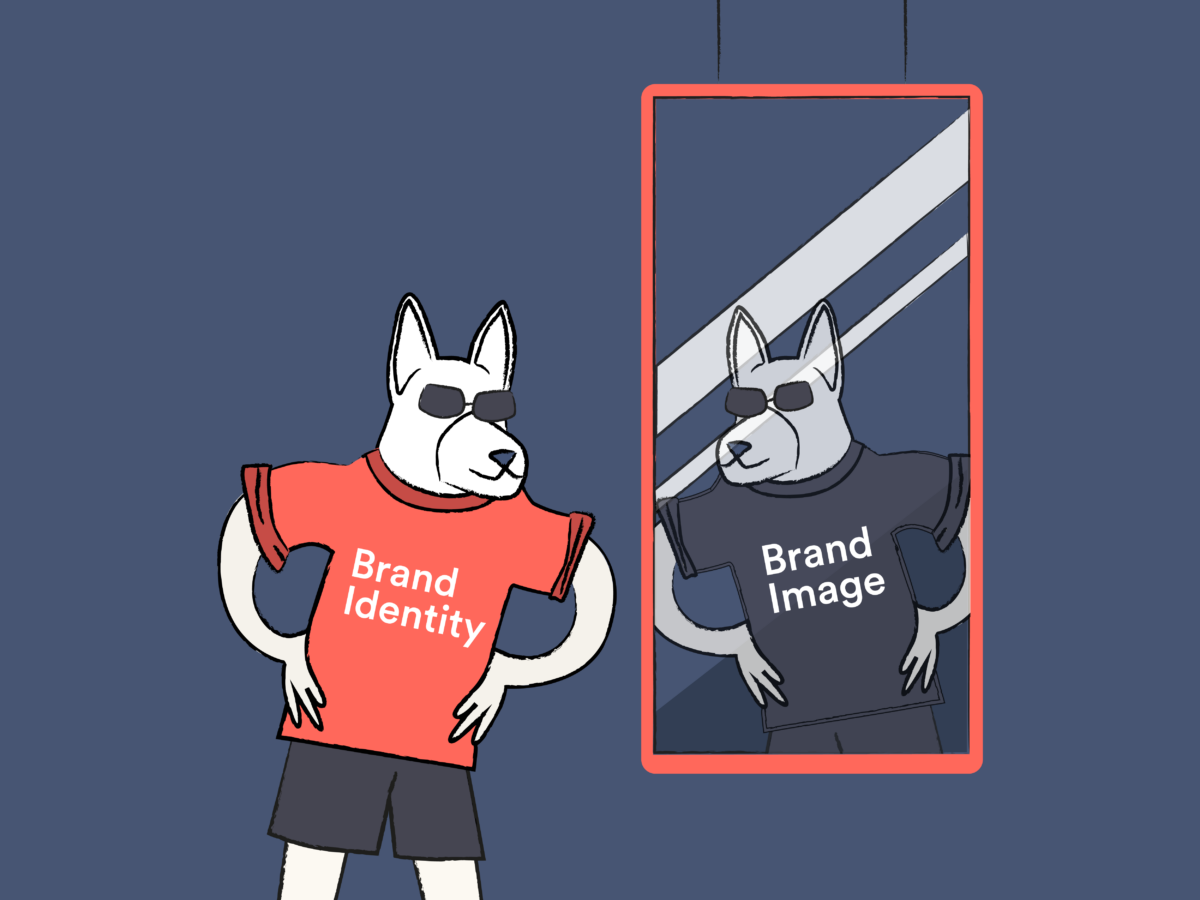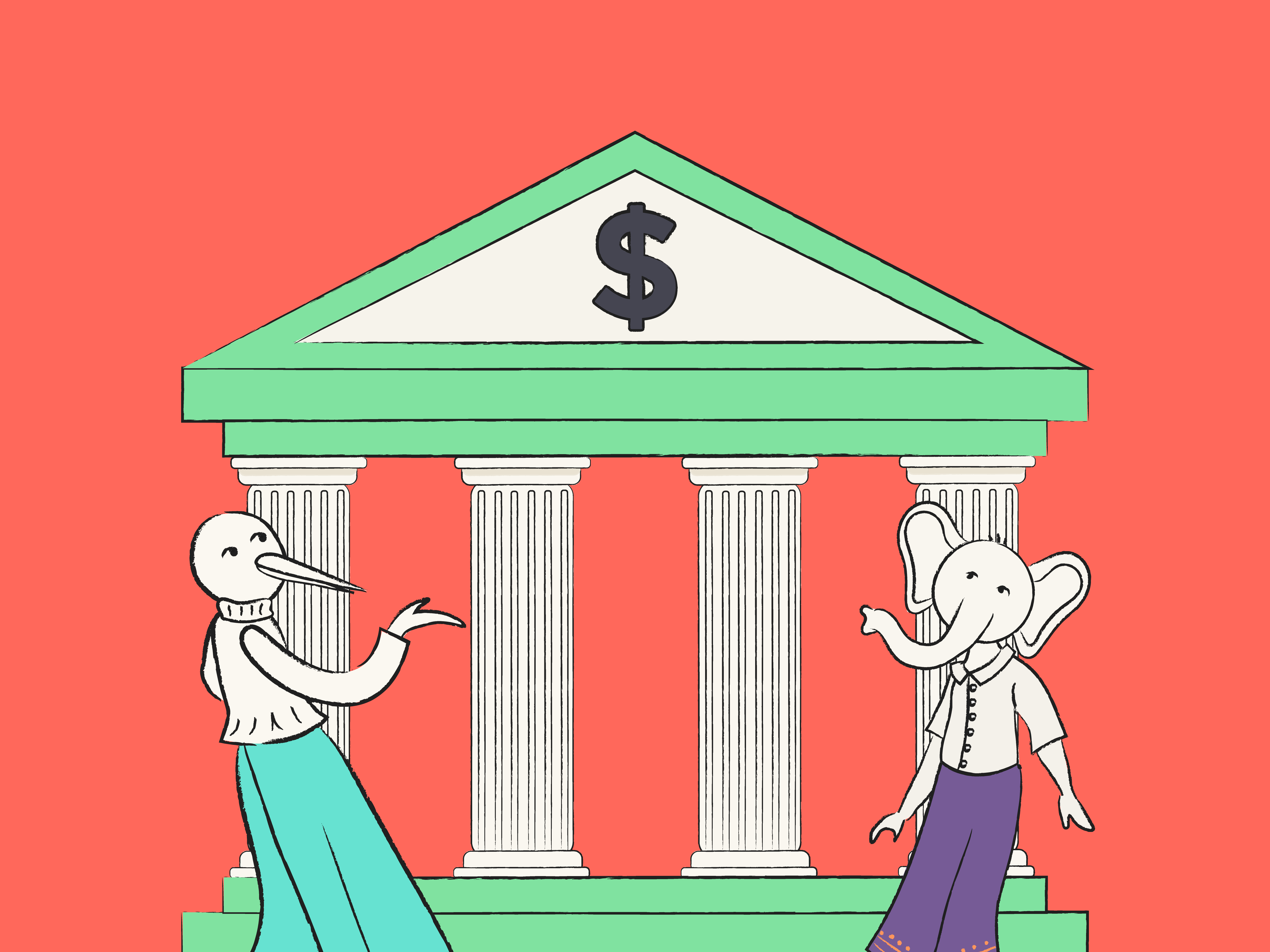They say not to worry about what others think of you, which is great advice in person. Unfortunately, this couldn’t be further from the truth when it comes to branding. Frankly, your success rides on the perception of others.
Once a negative reputation has taken off, it’s hard to prove your worth again, even if you have strong values and a stellar origin story.
But all is not lost. This is where brand image and identity come into play – no, they’re not the same thing!
If you believe in your brand, half the battle is getting others to believe in it too. By fostering a positive image, you can let your identity shine through which will lead you to long-term success with loyal followers.
To get a full run-down on branding and how image and identity differ, read on., Once you understand how to utilize both,your brand will be a household name before you can say, ‘Best company ever!’
Introduction to branding
Branding is your opportunity as a company to tell the world who you are, your mission, and your values. These are just the basics; in reality, branding delves into many more aspects of a business and requires extensive brainstorming to establish what is referred to as a brand strategy.
When done correctly, branding makes all of the boring business jargon behind the scenes resonate with customers in a real, human way. To make things easier, try your hand at branding workshop exercises to spark inspiration.
Even if you are totally new to marketing, you already know what branding is. This is because you see it all day, every day, and have been doing so for years – unless you live under a rock, that is. Here are some examples of companies that demonstrate successful branding.
Disney
What do you think of first? Is it the whimsical castle or the wholesome characters you fell in love with as a child? Whatever comes to mind, you are guaranteed to be filled with warmth and memorable stories that stay with us through adulthood.
Disney evokes emotions that people of all ages and backgrounds can resonate with. This gives them a global audience and creates customer loyalty and repeat engagement, evident through the introduction of various revenue streams. Just think of how much Disney has going on: merch, amusement parks, video games, and streaming services only scratch the surface.
Apple
Sleek, modern, innovative. These are some of the words that pop up when Apple comes to mind, but this didn’t happen overnight. They had to put in years of work to create cutting-edge technology that lived up to its promise of being better than anything else on the market.
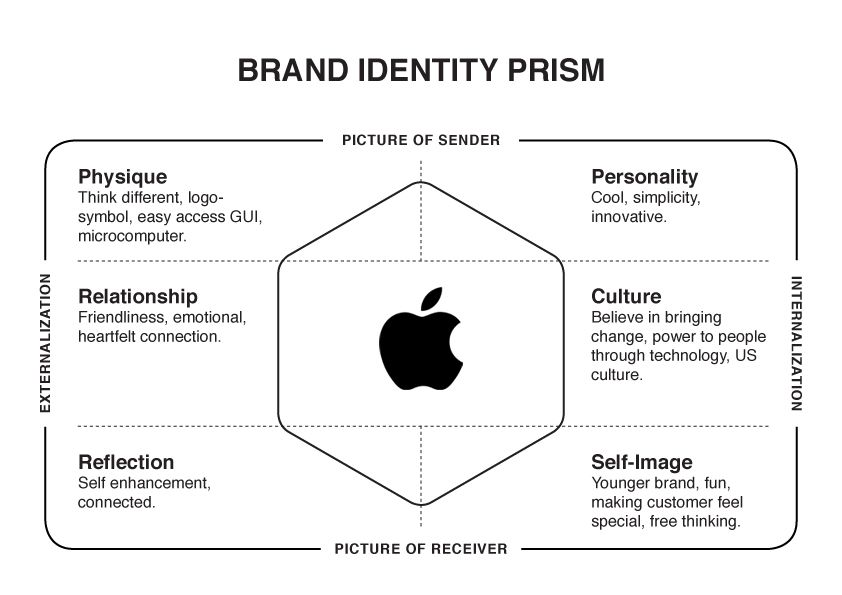
Those sleepless nights and technological setbacks paid off, as Apple is now worth over $3 trillion. Since being founded in 1976, Apple has perfected its technology, as well as its branding, to create a company that is:
- Reliable: Customers know when they purchase from Apple their product will be high-quality, and any issues will be promptly dealt with by a professional customer service team.
- Innovative: When Apple introduces new technology, it makes headlines since everyone knows Apple leads the way in technological innovation and is capable of changing the market forever.
- Inclusive: Apple’s marketing strategy is aimed at musicians, accountants, students, and all those in between. They’re also a leading technological company when it comes to providing accessibility options for disabled users.
Coca-Cola
Just like magic, a shiny red bottle or can has popped into your head. Before you know it, you’re craving the sweet fizziness inside. But, an important note about branding is that it’s much more than the logo: it should be a gateway to the user experience.
In this example, Coca-Cola is written in a font that suggests playfulness and movement that is recognizable worldwide, even if you don’t understand English. This typography induces the feeling of going with the flow and having fun while doing so.
What is brand image?
A company’s brand image is all about how customers, stakeholders, and potential employees perceive you from the outside.
As you can imagine, a lot is riding on having a good brand image, so it requires plenty of research, time, and introspection to get it right. You can claim to be whatever you want, but if it’s not reflected in your products, services, or overall business practice, your brand image is left in the hands of the collective. Too many false promises, and you’ll find your customer base turning into judge, jury, and executioner.
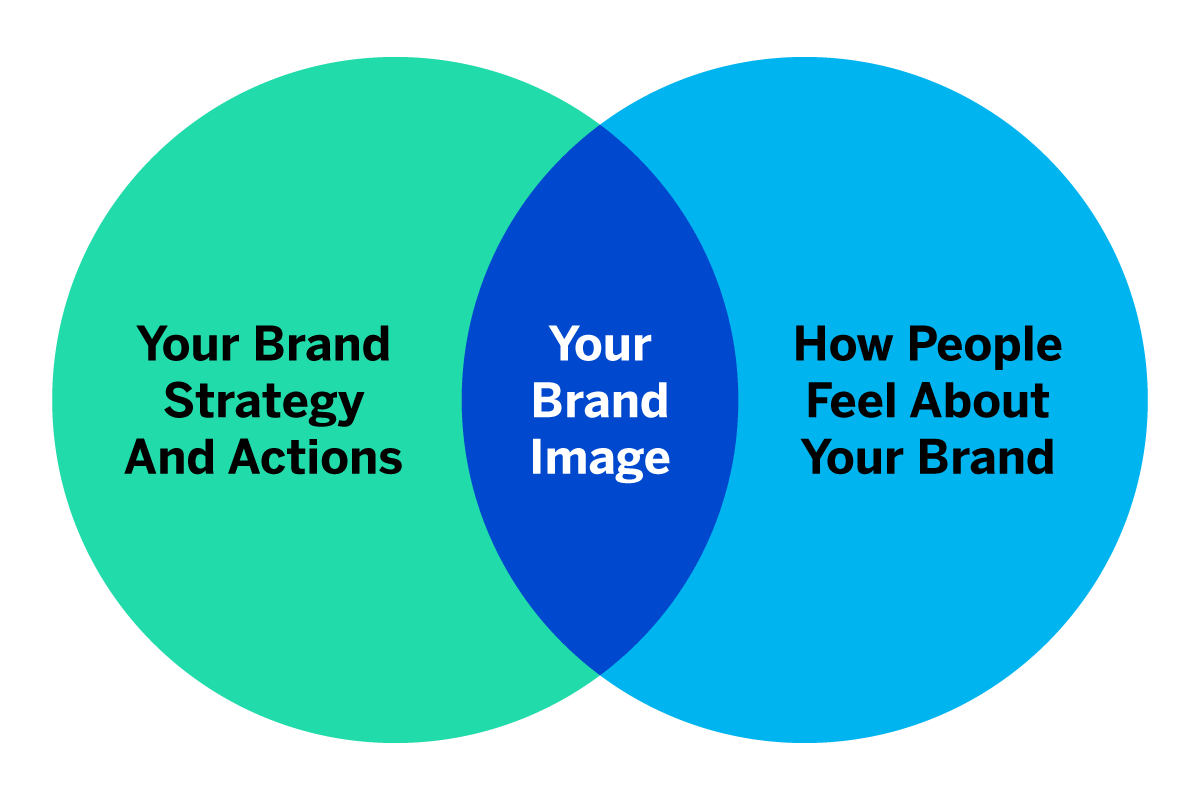
For example, if you sell strawberries and claim them to be the best in the country (with a catchy slogan and logo to boot), you’ve got to have the tools to back up your claim. The brand image you created in the conference room only goes so far if your strawberries are consistently moldy and delivered behind schedule.
Soon, word will catch on, and existing customers will tell others how disappointed they were with your service. This results in a negative brand image and a fall in revenue – among many other negative consequences.
Multiple elements go into a brand image that tends to be outside the company’s influence. Let’s look at some of them together.
Brand awareness
Awareness of a brand is more than just knowing it exists. Brand awareness is when a customer can recall a brand and what it stands for. The more widespread it is, the better.
The ultimate goal of brand awareness is to embed itself within a customer’s lifestyle; for example, using Amazon to order products online or using Starbucks to get their morning coffee before work. There’s no second-guessing because there is already an underlying association between the company and its product or service.
Achieving brand awareness builds trust and loyalty with customers in several ways:
- Social proof: The proof that your company is the best is in the social pudding. The more others hear about positive customer experiences with a company via word-of-mouth, the more trust you will build with them. This can be heard from close friends, family, and even influencers online.
- Familiarity: There is a trick of the trade where the more a brand pops up in marketing channels like social media and advertising, the more familiarity and brand recognition are fostered. Humans are hardwired to prefer what is familiar to them as it is deemed safe and reliable.
- Authority: Customers don’t necessarily want to be told what to do or think, but a brand that is an expert in the field demonstrates authority over the competition. If they are the loudest (and most competent) voice in the crowd, it’s no wonder heads turn to listen.
Brand experience
From the moment someone hears about a brand, the experience begins. This is the first touchpoint when customers interact with a brand throughout their journey. These moments are where the magic happens, so optimizing each one to create a positive experience is essential.
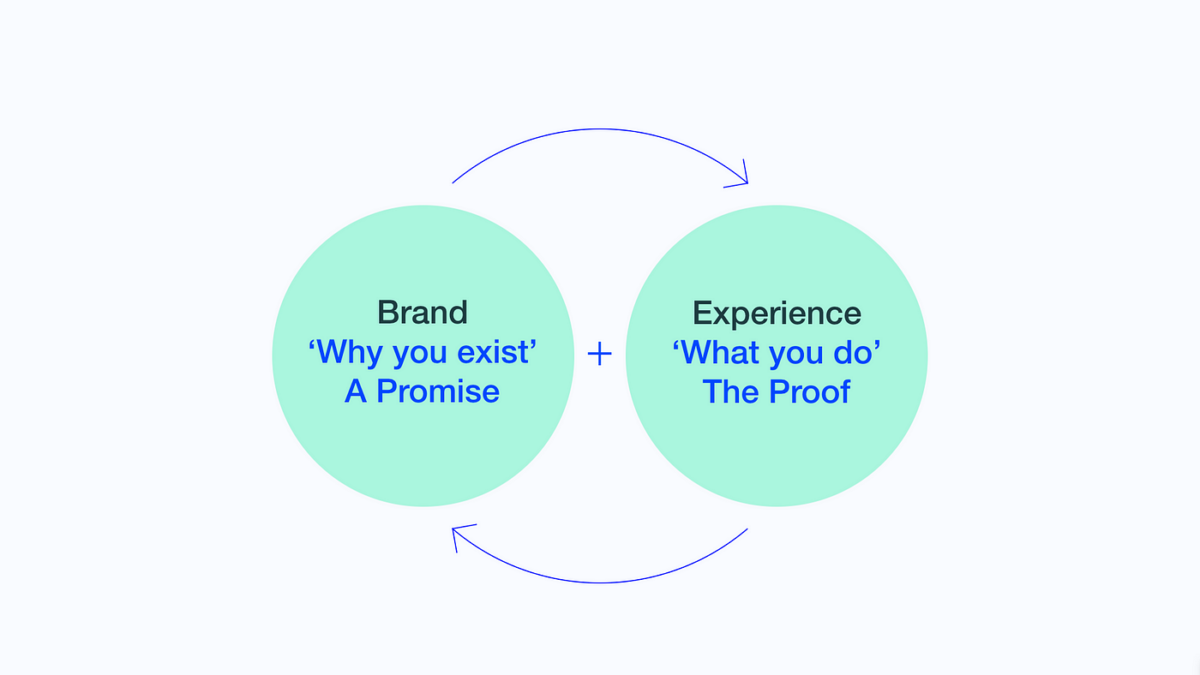
Creating an excellent experience at each touchpoint will create a strong brand image overall. The idea behind it relates back to social proof: when the majority of people enjoy their customer journey, others will want to join in.
Brand reputation
This brings us to brand reputation, which takes lots of time and effort to build, but only takes moments to come crashing down. When things go really wrong, it can even cost a company 10% more in wages.
As we are in the digital age, where every single thought and experience is shared with the masses, it doesn’t take long for word to get around if a brand lets multiple customers down with poor products, experiences, or affiliations.
However, such widespread buzz can also work in your favor if your brand constantly goes above and beyond. Now target audiences from all corners of the internet can hear about it and check you out for themselves.
Your brand reputation relies on what others think of you, and as with all elements of a brand image, there is little you can do to control it once the ball starts rolling. In worst-case scenarios, a company can rebrand itself as a fresh start if they know what not to do next time.
What is brand identity?
How a company identifies itself is called brand identity. This is a vital part of marketing as it influences every part of how a company represents itself to the world.
While it encompasses physical attributes such as logos, color, and messaging, this cannot be established without deeper insight into your brand’s purpose, story, and values. You can’t expect to create a brand identity from scratch in a day; it can take weeks or months to put together. It’s the foundation on which a brand relies, leaving no room for rash decisions.
A brand strategy is required to establish a roadmap for companies to follow to help forge an identity that represents their values but also sets them up for customer success.
Here are some of the most important aspects of a strong brand identity that help a company stick to its core beliefs, gain loyal customers, and stand out from the crowd.
Values
Everyone has values; they determine their decisions and the causes they fight for. This is the same for brands. Values influence how business is conducted, the target audience, and long-term sustainability due to favoring ethical practices (always a win in people’s books).
A company with strong values is also a magnet for customers and potential employees who resonate with them. This increases loyalty and engagement and builds trust that you will stay true to your word and work towards a similar goal.
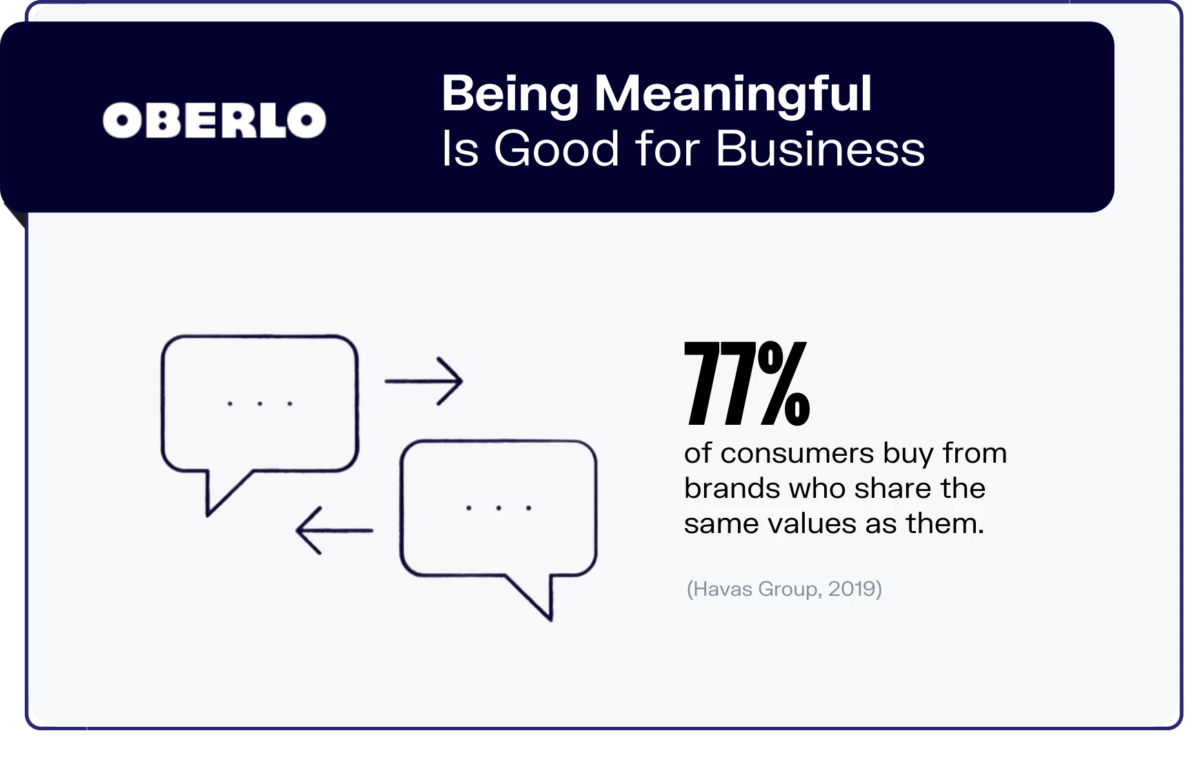
Story
A brand’s story is a driving force behind its values but also covers its mission, unique selling point (USP), and goals for the future. Having a meaningful story serves as an excellent marketing tool – everyone loves to root for the underdog or support people working towards a unique, noble cause.
Think back to Disney; people love stories, and it‘s a great way to nurture an emotional connection and generate engagement. Save the jargon for quarterly reports and tap into what makes your brand special from a human standpoint.
Logo
Now that you know what’s happening under the surface, it’s time to portray that through visual elements such as your logo. This will be the biggest identifier and everything a brand stands for. A great logo is:
- Simple: It should be simple enough to be seen from far away and instantly recognized for what it is.
- Identifiable: A great example of an identifiable logo is McDonald’s. It only consists of a golden ‘M,’ known as the ‘golden arches,’ but everyone recognizes it as a fast food brand. 50% of customers favor a brand with a logo they recognize.
- Adaptable: Strong logo designs must remain effective if colors are changed to fit the surrounding color palette or if it needs to be produced in black and white. Language and cultural barriers should also not be an issue. Think back once more to Apple. The sleek, minimalistic design works anywhere, no matter how often you change the colors around it.
- Linked with brand messaging: Portraying messaging through the logo visually represents the brand’s personality and values. This creates an instant connection with potential customers and gives the company a head start in telling its story.
Messaging
Brand messaging is about how a company talks to its customers through brand names, tone of voice, and taglines. To know what messaging to use, a brand must conduct extensive audience research to identify who they are targeting and how best to convey their values and personality.
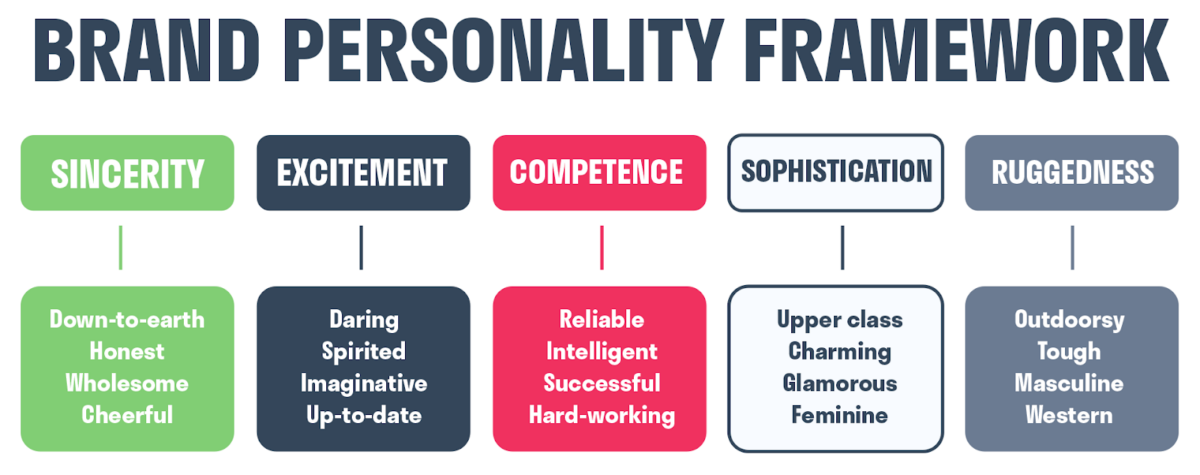
Consistency across all platforms, touchpoints, and countries is the key to a successful brand voice. By doing this, an identity is built, and all customer’s perceptions will be cohesive. A strong, consistent message also helps with competitor differentiation as it makes your brand instantly recognizable and far more trustworthy than companies without strong messages.
How are they different?
Okay, now that we’ve delved into both brand image and brand identity, it should be clearer as to where they differ.
To explain it simply, a brand image is the perceptions and feelings of external groups about a brand, including customers, potential employees, and stakeholders. It is based on experience, touchpoints, and overall reputation. A brand’s image is the first thing that pops into someone’s head when they hear their name or see their logo.
On the other hand, brand identity is the way in which a company portrays itself through visual elements, messaging, and values. It runs deep into why the brand was created in the first place. Identity is important for standing out in the market, attracting those who share similar values, and creating a long-term roadmap.
So, if you’re a business owner launching a new brand, image and identity will play a huge part in your success. Remember, you can’t have one without the other.
Brand your way to success
Before reading this article, the line in your mind between brand image and identity was likely pretty thin. This is no surprise, as they share many similar qualities, and there’s always going to be a little bit of overlap.
However, when you take a closer look, it’s clear that image is how a brand is seen on the outside, in consumers’ minds, whereas identity is how your brand portrays itself depending on your values and various visual elements.
And that’s it! Now you have all the information you need to go out into the marketing world and develop the best brand possible.

